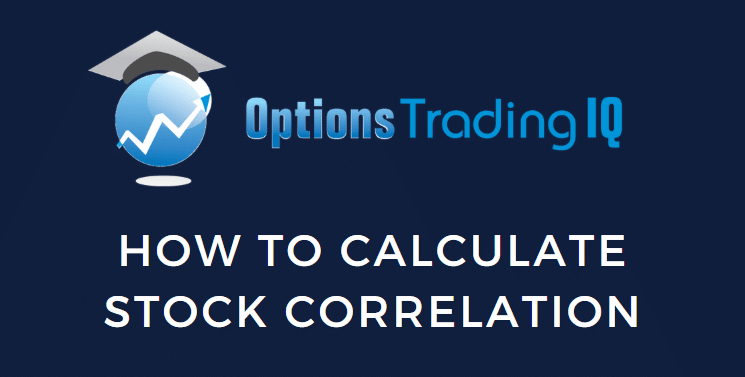
Some shares and ETFs are extremely correlated with one another.
When the worth of 1 goes up, the worth of the opposite additionally goes up.
Others are inversely correlated with one another.
When the worth of 1 goes up, the worth of the opposite goes down.
How can we decide if two shares are correlated with one another and by how a lot?
Contents
The correlation coefficient will inform us this.
It’s a quantity from -1 to +1.
If the quantity is optimistic, it implies that the 2 shares are correlated with one another.
The bigger the quantity, the extra correlated it’s.
The 2 gadgets usually are not correlated if the quantity is near zero.
If the quantity is destructive, it means the 2 shares are inversely correlated with one another.
The extra destructive the quantity, the larger the quantity of inverse correlation.
Let’s say we wish to evaluate Coca-Cola (KO) with Pepsi (PEP).
In TradingView, we’ve got opened the day by day chart of KO.
Then we add the built-in Correlation Coefficient indicator to the chart:
It’ll immediate you to enter the second inventory to check with.
In our case, we searched and chosen PEP for Pepsi.
You’ll then see the correlation coefficient plotted within the backside panel beneath the chart:
At this second, the correlation coefficient is 0.60.
We are able to say that Coca-Cola and Pepsi are 60% positively correlated.
More often than not, we see the correlation graph as being above 0.50, besides that it went inversely correlated in mid-February with a correlation coefficient hitting -0.50.
KO causes this inverse motion between the 2 shares, gapped up on earnings mid-February, whereas PEP gapped down on earnings every week early:
The 2 shares moved in reverse instructions throughout that point.
The know-how sector ETF (XLK) makes up about 30% of the SPX.
If we take a look at the correlation coefficient between the 2 by citing the XLK chart and altering the second image to SPX…
The graph under exhibits that XLK is usually greater than 50% correlated with SPX.
If we have been to overlay XLK (blue line under) and SPX (crimson line) collectively, we see that they transfer in tandem…
Get Your Free Put Promoting Calculator
The 2 traces could be equivalent if we overlay the IBIT and GBTC charts.
With out wanting on the label and the worth axis, you can not inform if these candlesticks are that of IBIT or GBTC…
These two symbols have a correlation coefficient of 1.
They’re 100% correlated as a result of IBIT and GBTC are each spot Bitcoin ETFs.
BlackRock points the previous, and the latter is by GrayScale.
There can be no distinction within the share of value motion whether or not you purchase shares of IBIT or shares of GBTC.
If you’re buying and selling choices, IBIT affords higher liquidity based mostly on bid/ask unfold and quantity.
Gold and the US greenback are usually negatively correlated.
Since gold is a tough asset, it takes extra {dollars} to purchase gold because the US greenback weakens.
Here’s a chart with GLD (gold ETF) in blue and UUP (Invesco US greenback bullish index fund) in crimson; we see that they diverge…
Taking a look at a chart of GLD with its correlation coefficient to UUP within the backside panel…
We see that the correlation coefficient is predominantly destructive, indicating that GLD and UUP are inversely correlated.
The correlation coefficient graph doesn’t rely on which image is first and which image is second.
The blue graph within the backside panel will look the identical if we chart UUP with its correlation coefficient to GLD…
And at last, we all know that the market (SPX) and its volatility (VIX) are inversely correlated with one another.
The times when SPX goes down are when VIX normally goes up.
This inverse relationship is obvious from their strongly destructive correlation coefficient.
Now we have given a number of examples of how property may be positively or inversely correlated.
You could have an intuitive perception of whether or not one inventory is correlated with one other.
Now, you understand of an indicator to quantify two shares’ correlation.
We hope you loved this text on figuring out the correlation between two shares.
You probably have any questions, ship an e-mail or depart a remark under.
Commerce protected!
Disclaimer: The data above is for instructional functions solely and shouldn’t be handled as funding recommendation. The technique offered wouldn’t be appropriate for buyers who usually are not acquainted with change traded choices. Any readers on this technique ought to do their very own analysis and search recommendation from a licensed monetary adviser.